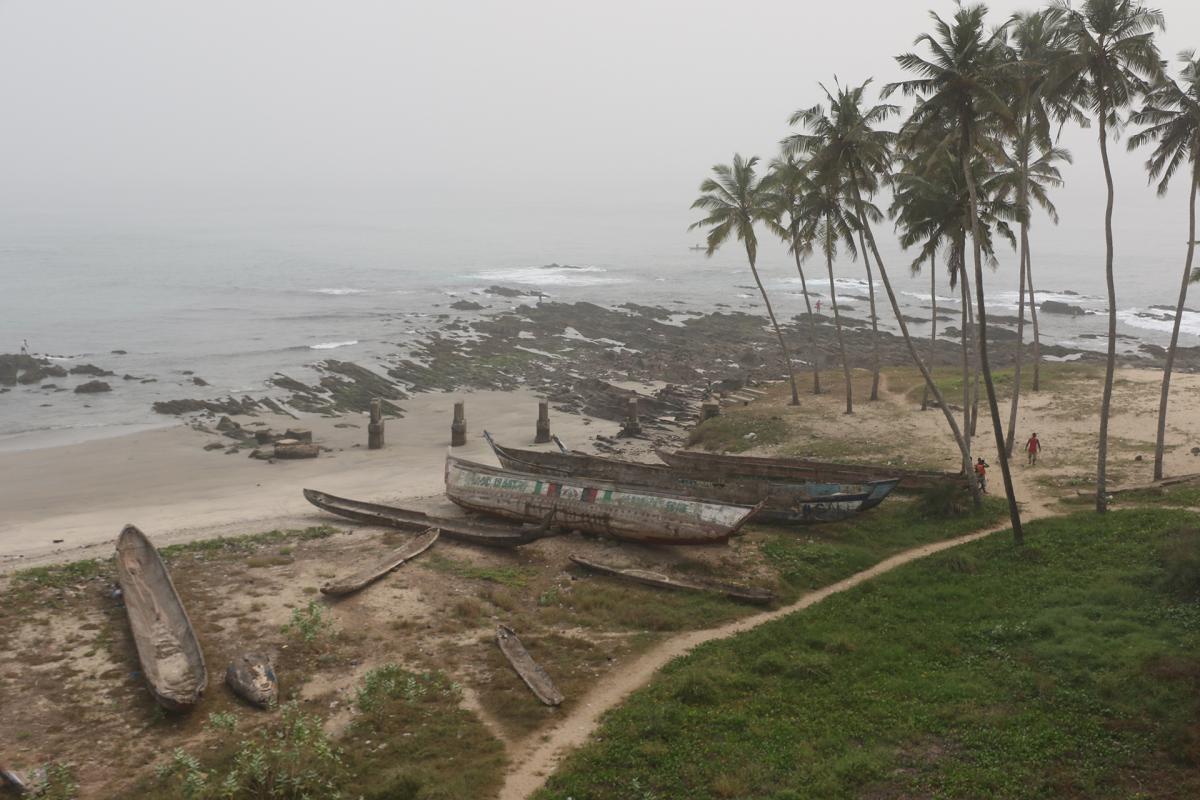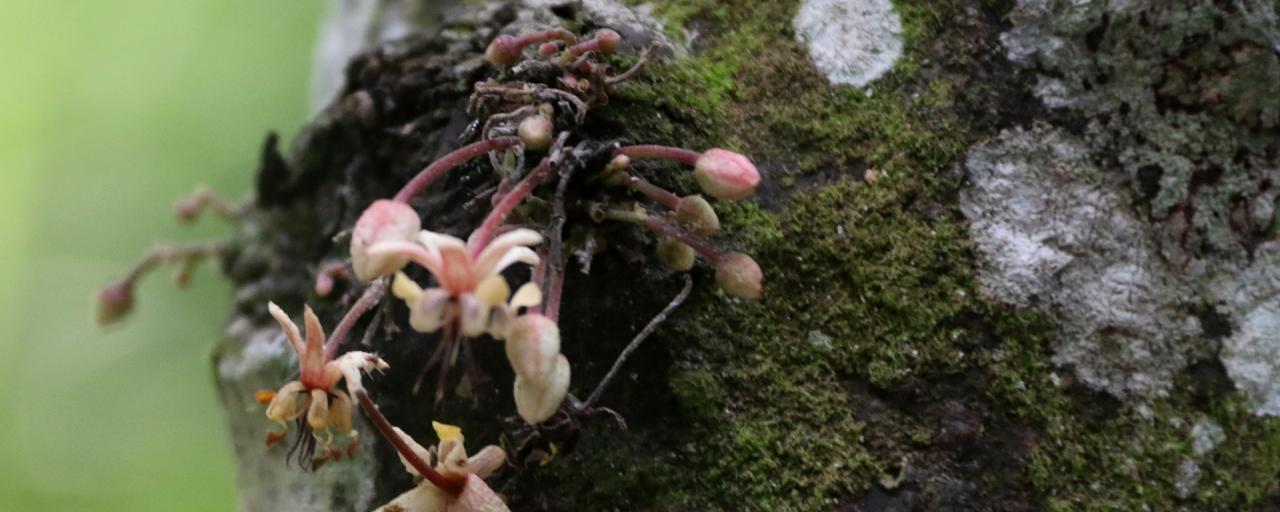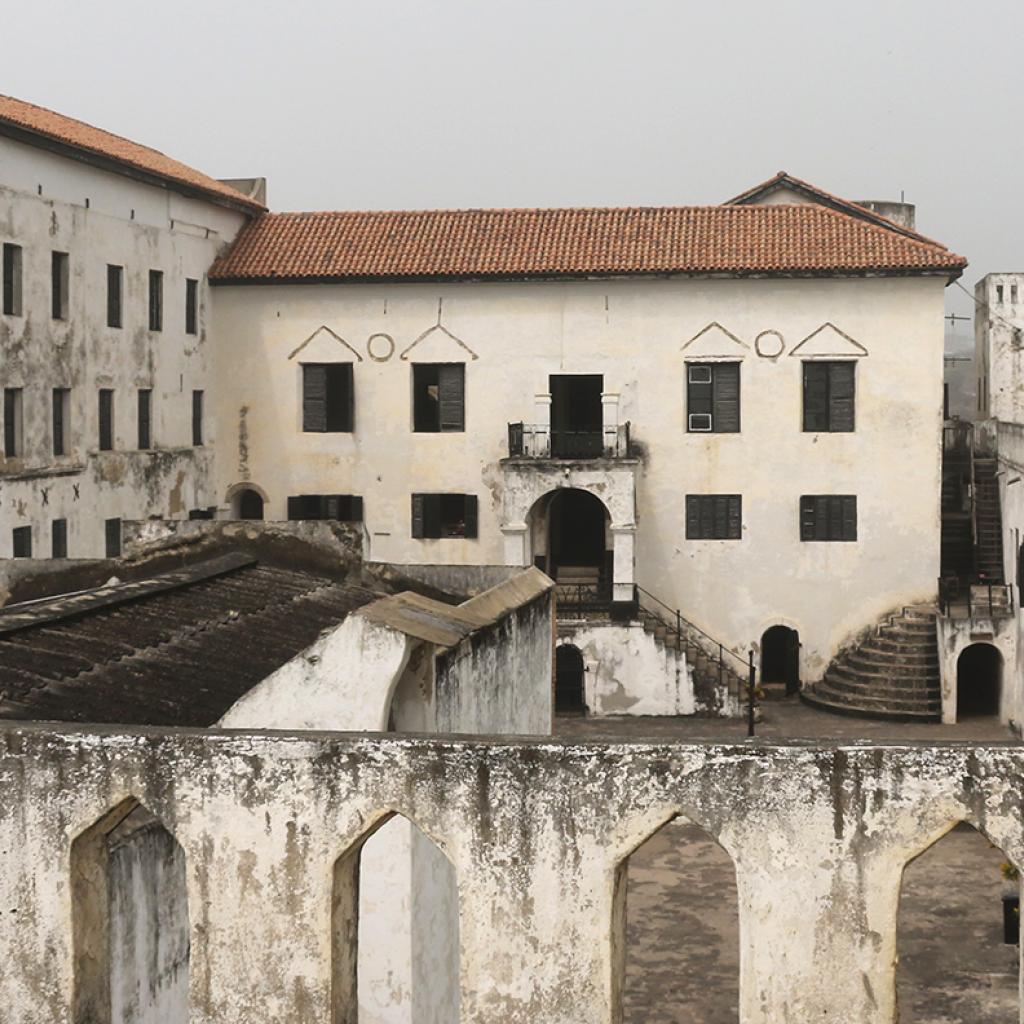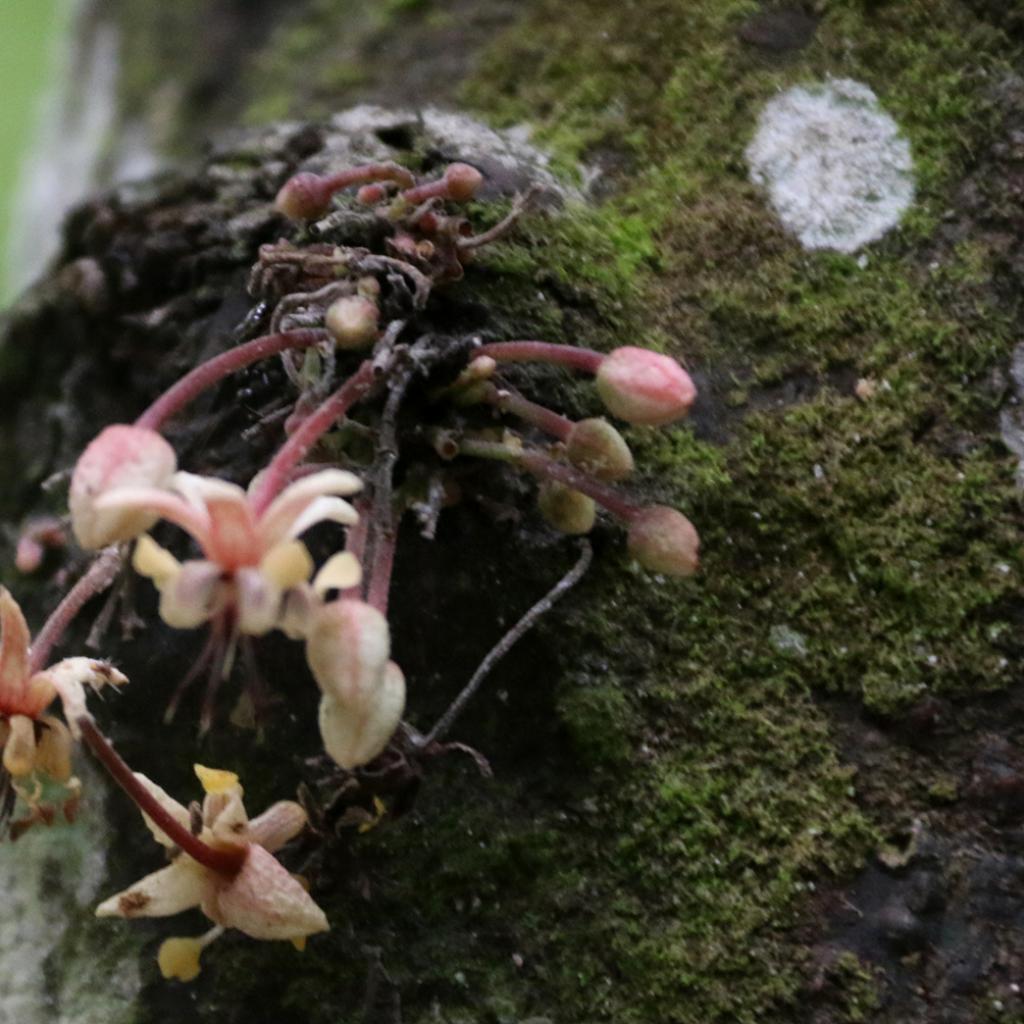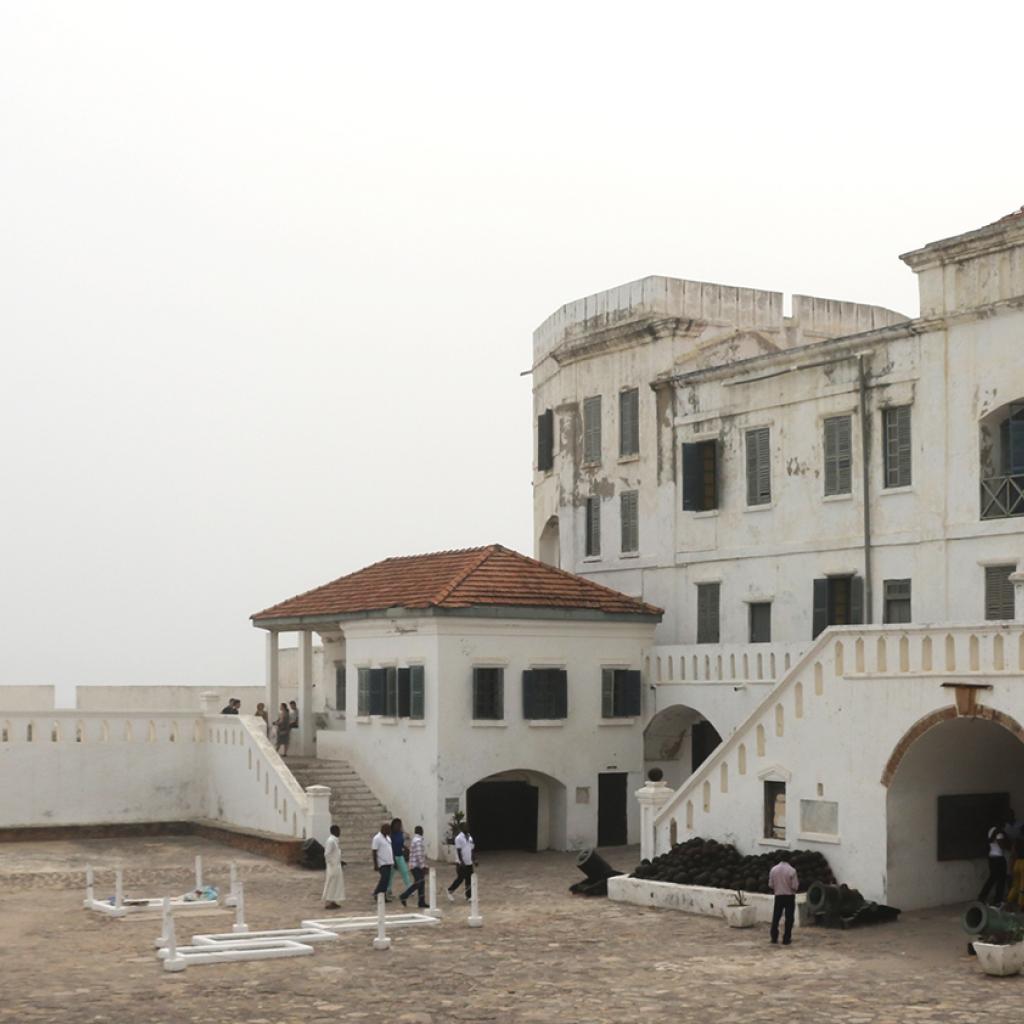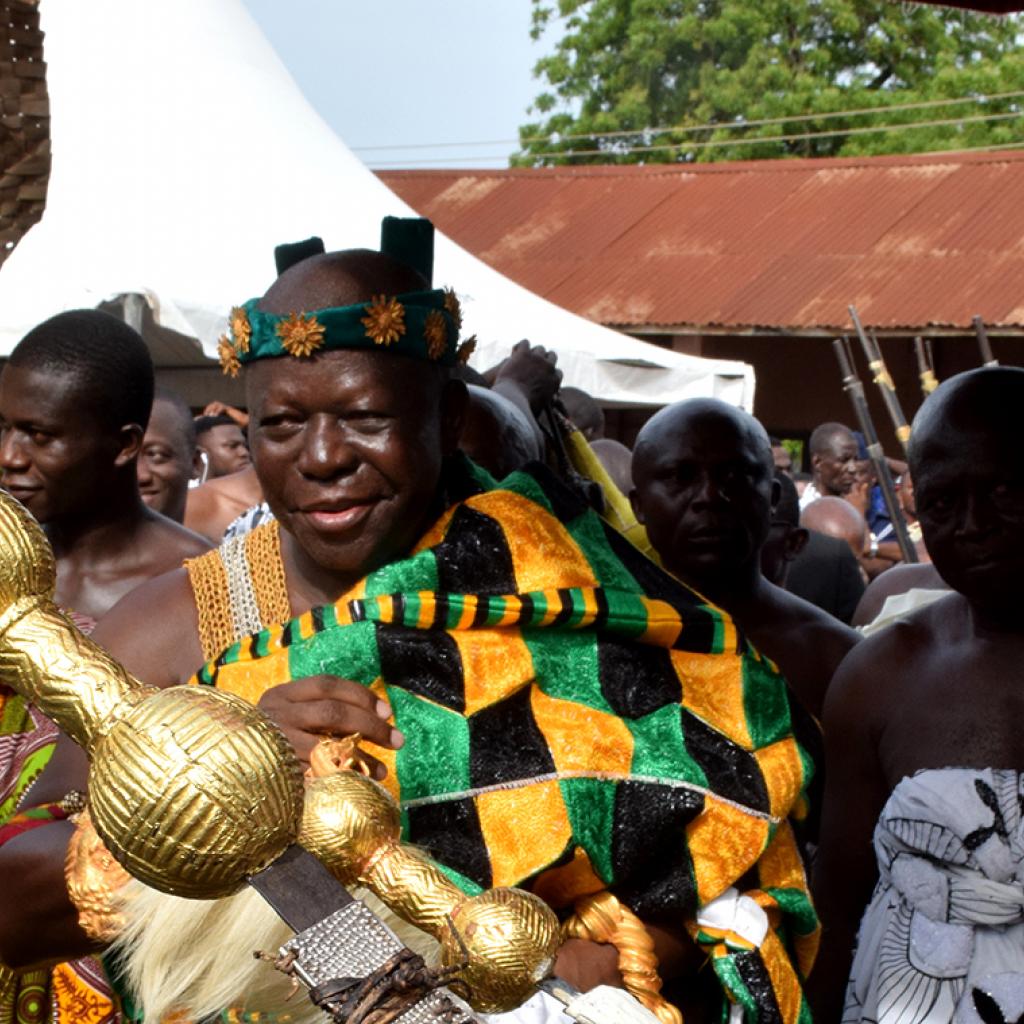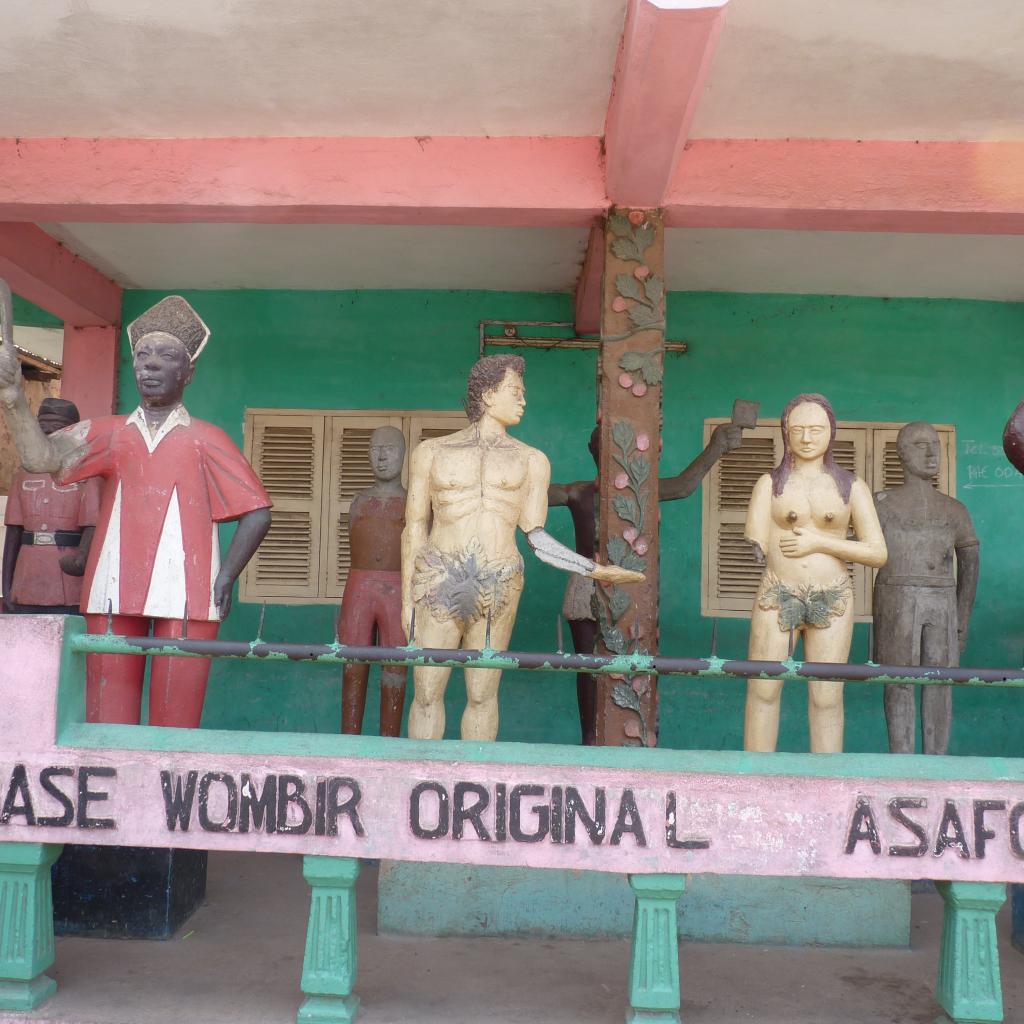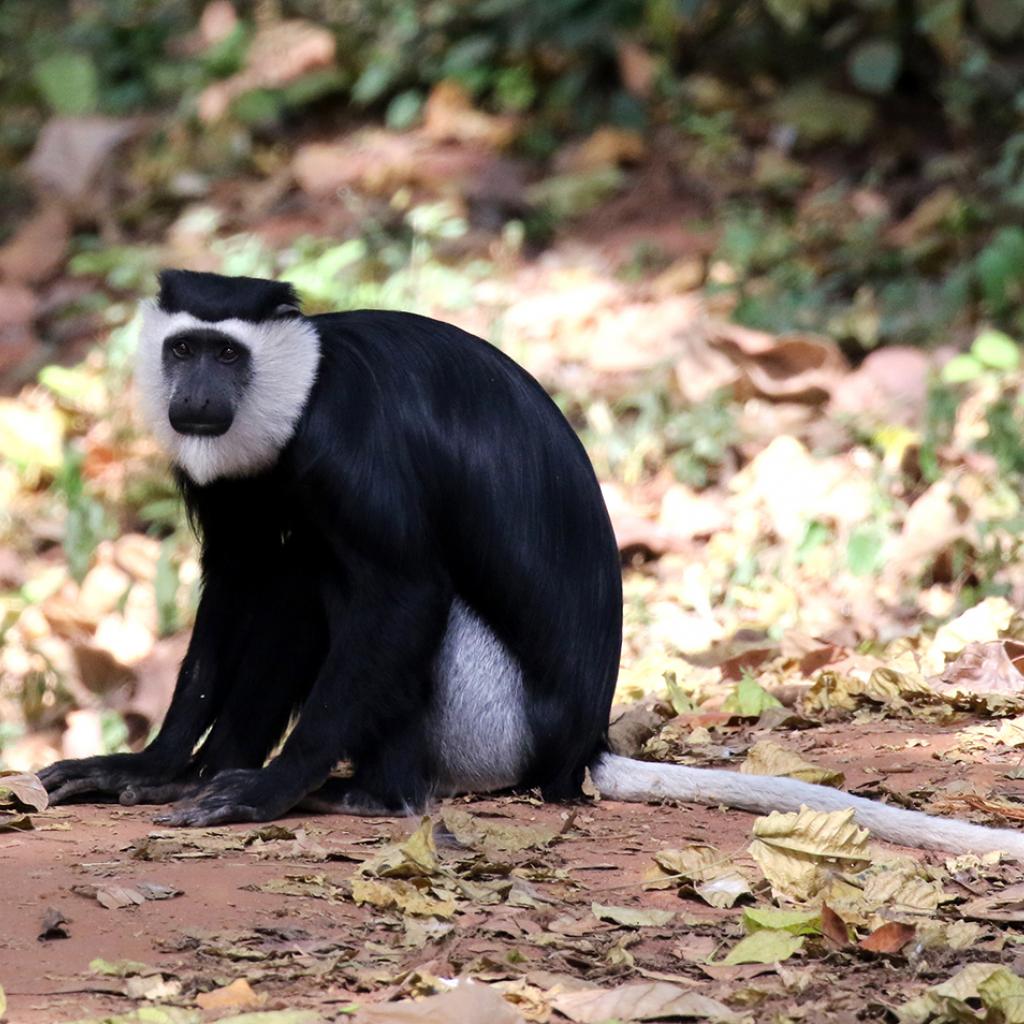Ghana is characterized by an equatorial climate and its position near the Equator means that there are no substantial differences in temperatures throughout the year.
Ghana overlooks the Gulf of Guinea, between Ivory Coastand Togo, the coast is low and sandy and shaded by palm groves, with small lagoons; going inland you find yourself in a shrubland that extends in the Eastern part of the country, while in the Western part there is a luxuriant rainforest.
Continuing further North, the verdant hills give way to the savannah that, as you go further North, on the border with Burkina Faso, gives way to the arid Sahel.
In general, the climate reflects the geographical difference of the country; the Eastern coastline is warm and relatively dry, while the South-Western part is warm and humid and the North is essentially dry and warm all year round.
The climate is characterized by a dry season in the winter months, and a rainy season, linked to the African monsoon, in the summer months.
The rainy season has a different duration depending on the different areas of the country: it goes from May to September in the North, from April to October in the center, and from April to November in the South; while along the narrow Eastern coastal strip it has a shorter duration, from April to June, with a pause in the months of July and August and a slight recovery in September and October.
A typical phenomenon of this area is the Harmattan, a dry wind blowing from the North, from the Sahara Desert, during the dry season, in the months from the end of November to January, transporting the desert sand; it is this wind that is responsible for lowering the percentage of humidity in the air.
Therefore, the best time to visit Ghana is during the months from October to April; in these months the temperatures are no longer moderate, they are the same as the rest of the year, but the air is drier, with the exception of the narrow coastal strip, so the perceived temperature is lower.
These months coincide with the dry season, that is when it does not rain, and this means that there is a lower presence of flies and mosquitoes, the dirt roads are in better condition and there is less chance of storms.
The dry season is also ideal for lovers of nature and safari, the low grass and the lush vegetation favor the observation of the animals, while the birdwatchers will be able to admire both the resident birds and the migratory birds during the rainy season.
The only disadvantage of the dry season could be the presence of days characterized by haze, due to the sand transported from the Sahara Desert by the Hattattan, that, however, gives a sky with an unusual pink-violet color; on the coast it is possible that sometimes there is fog due to the contrast of warm and dry air coming from the hinterland and the colder air of the Atlantic Ocean.
